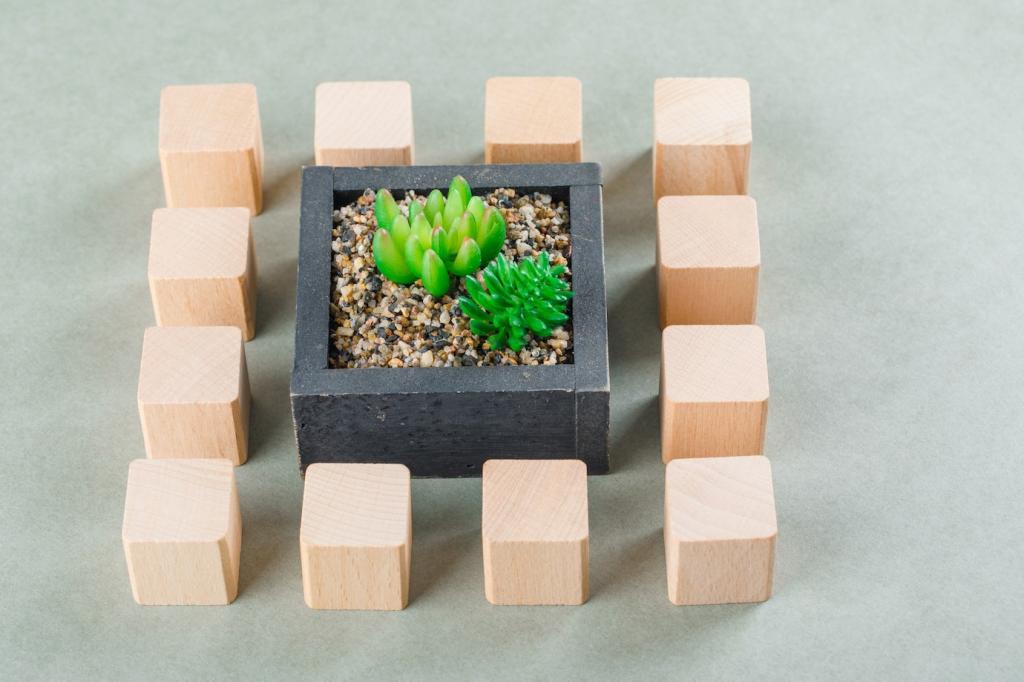Rainwater Harvesting, Reimagined for Modern Homes
Match tank volume to roof area, local rainfall patterns, and non-potable needs like irrigation or toilet flushing. A first-flush diverter keeps debris out, protecting pumps and filters. Remember screens, overflow routing, and mosquito-proofing for a truly reliable system.
Rainwater Harvesting, Reimagined for Modern Homes
We installed a food-grade IBC tote first, then upgraded to a slimline tank with a pro-installed pump. DIY saved money, but professional positioning improved pressure and safety. If you’ve tried both routes, share photos and lessons for new readers.
Rainwater Harvesting, Reimagined for Modern Homes
Quarterly gutter cleaning, seasonal screen checks, and a quick sediment flush keep harvested water sparkling for gardens. Put reminders on your calendar and tie chores to weather events. Comment with your maintenance checklist so we can build a community template.






